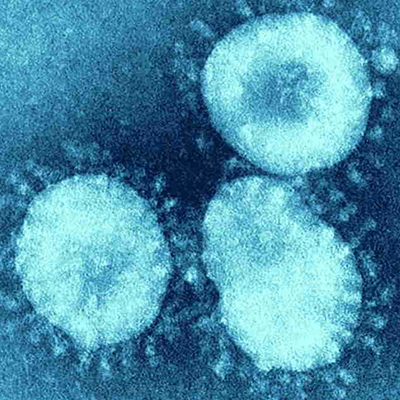June 11, 2020 -- Changes to manufacturing processes have emerged to meet the demand of certain products during the COVID-19 pandemic, including hand sanitizer. The chemical composition of hand sanitizer is carefully regulated, and analytical techniques are now being repurposed to assist in rapid production efforts.
With the ongoing COVID-19 pandemic, we have seen many industries upended by drastic changes in demand. The effects of this could easily be seen in any grocery store at the initial onset of various lockdown orders. While bundles of toilet paper and canned foods were disappearing from store shelves, another hot commodity was hand sanitizer. The U.S. Centers for Disease Control and Prevention (CDC) recommends using hand sanitizer as a method to avoid getting sick and spreading disease when washing your hands with soap and water is not available.
Demand was so high for hand sanitizer that the U.S. Food and Drug Administration (FDA) set temporary policies and guidelines for the preparation and manufacture of alcohol-based hand sanitizer for the duration of the public health crisis. This allowed nontraditional manufacturers, like beverage distillers or biofuel producers, to begin producing hand sanitizer to meet the growing demand. Additionally, the United States Pharmacopeia (USP) released a hand sanitizer toolkit that collects the relevant information for the compounding of hand sanitizer as a result of COVID-19.
While there are different types of hand sanitizers on the market, alcohol-based products are among the most common. The CDC recommends using alcohol-based hand rubs of greater than 60% ethanol or 70% isopropanol by volume. The alcohol works by its ability to denature proteins, thus disrupting the microbe's ability to survive. Below 60%, the alcohol content is not high enough to eliminate the threat of microbes, making this an extremely important parameter for manufacturers and consumers to keep track of.
Typically, manufacturers look to USP method 611 for determining alcohol content, which prescribes using either distillation or gas chromatography (GC). Fourier-transform infrared (FT-IR) spectroscopy has also seen growing use in this area as a result of the boom in demand. While GC instruments may be common for larger sites and commercial testing labs, infrared spectroscopy can serve as either a complementary screening technique or an alternative analysis tool for manufacturers that do not normally produce hand sanitizer.
FT-IR spectroscopy uses light in the infrared range of the electromagnetic spectrum as the energy source, which, when absorbed by a molecule, causes chemical bonds to move and vibrate in characteristic manners. As a result, different molecules have unique infrared spectra. Using an attenuated total reflectance (ATR) sampling method, the sample can be placed directly on the ATR crystal without any preparation. This method also provides very fast analysis in a matter of a few seconds.
When used for hand sanitizer, the FT-IR instrument can be configured to identify the common alcohols used in hand sanitizer, ethyl alcohol, isopropyl alcohol, and n-propanol. This method can also be a quantitative measure. A calibration curve can be constructed, which can then be used to quantify the alcohol present in the hand sanitizer sample.
FT-IR can also be used to analyze raw materials in the production process rather than the finished product. Due to new FDA guidance, fuel or technical grade alcohols can now be used in production, making the identification of impurities especially important. Other ingredients in hand sanitizer, like glycerol and hydrogen peroxide, can also be easily analyzed using IR spectroscopy.
Chris Ortega is a market analyst at Strategic Directions International (SDi), the leading business intelligence firm in the highly specialized field of analytical and life science instruments.
Disclosure: ScienceBoard.net is a sister company of SDi.
Copyright © 2020 scienceboard.net




